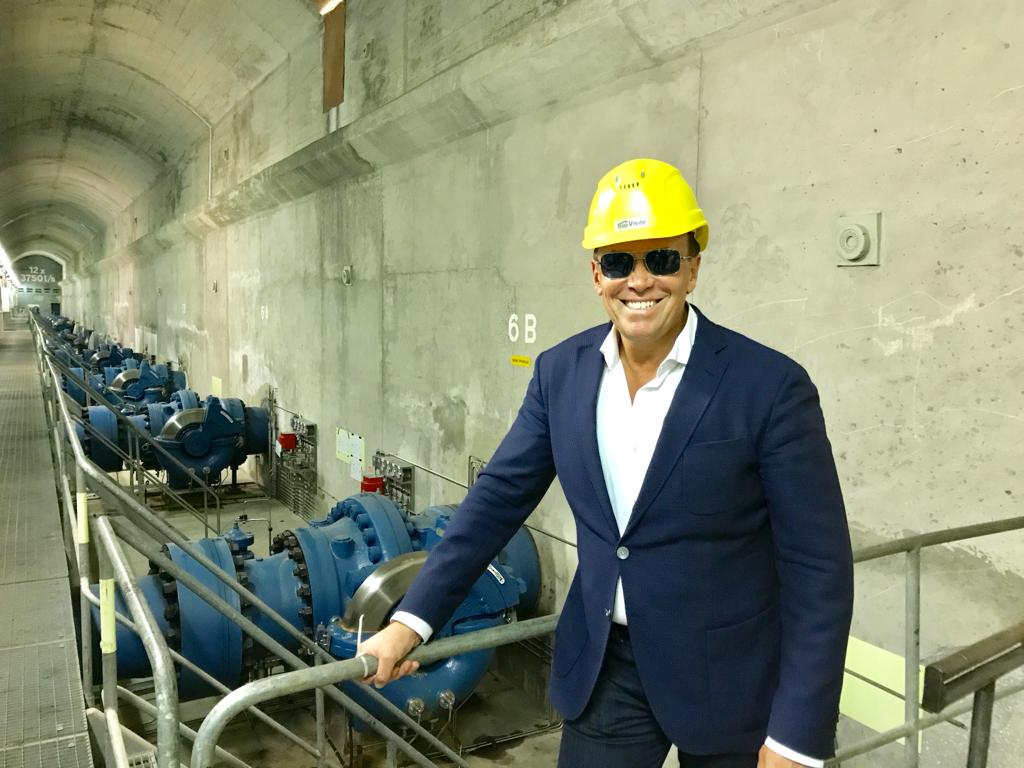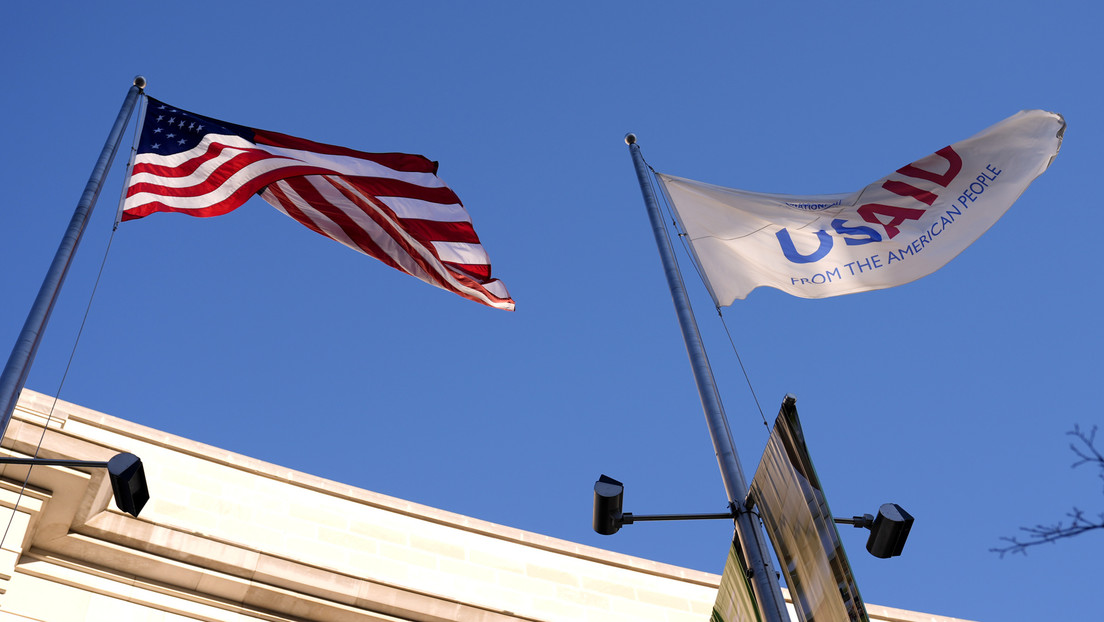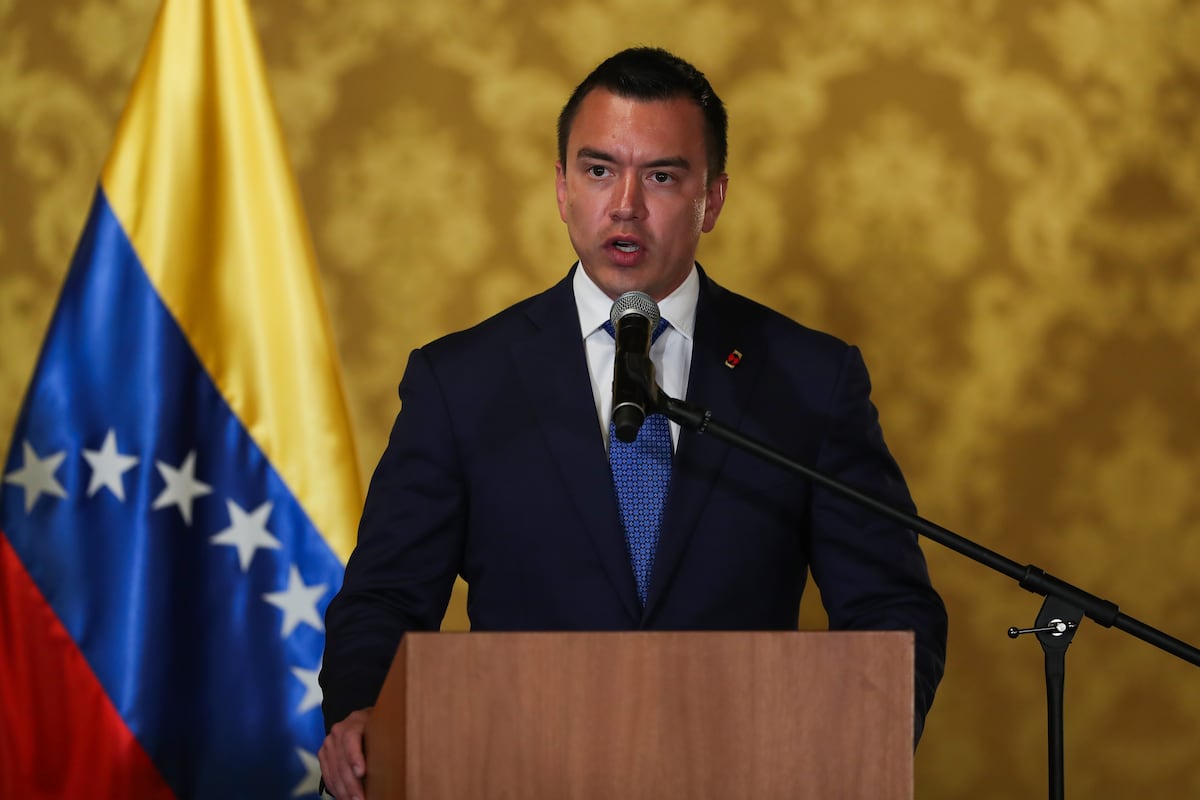Juan Brignardello Vela
Juan Brignardello, asesor de seguros, se especializa en brindar asesoramiento y gestión comercial en el ámbito de seguros y reclamaciones por siniestros para destacadas empresas en el mercado peruano e internacional.




Multiple earthquakes have been shaking the volcanic island of Santorini, Greece, leading local authorities to take significant safety precautions. The seismic activity has prompted the dispatch of rescue teams equipped with tents, sniffer dogs, and drones, and has resulted in the closure of schools not just on Santorini but also on neighboring islands including Anafi, Amorgos, and Ios. Residents have been warned to avoid indoor gatherings, to familiarize themselves with escape routes, and to stay clear of cliffs. Additionally, they have been advised to drain swimming pools to help mitigate potential structural damage in the event of a major quake. These measures highlight the seriousness with which local officials are responding to the recent seismic activity. Greece is located in a region known for its seismic activity, experiencing earthquakes frequently. While most of these events result in little to no damage, history has shown that more powerful quakes can lead to destruction and loss of life. Currently, authorities are treating the situation with caution, despite the fact that the majority of recorded seismic events typically do not cause injury or damage. From Saturday to Monday afternoon alone, approximately 200 earthquakes with magnitudes ranging from 3.0 to 4.9 were detected between Santorini and Amorgos. Seismologist Gerasimos Papadopoulos noted that the seismic activity escalated over the weekend, having initially begun on January 24. The fault line responsible for the earthquakes stretches about 120 kilometers (75 miles), with the current activity focused on the southern section between the two islands. The quakes have been occurring beneath the seabed, located roughly 30 to 40 kilometers (18 to 25 miles) from land, which is considered fortuitous as land-based epicenters can lead to more severe consequences. However, the potential risk of a tsunami from a significant quake remains a concern, prompting authorities to issue warnings for coastal areas. Fortunately, no injuries or major damages have been reported thus far, though minor rock slides have occurred. The current seismic activity is taking place along the Hellenic Volcanic Arc, where Santorini is located. This area has a long history of volcanic eruptions, with the most significant being the Minoan eruption around 1,600 B.C., which drastically altered the island's geography. Recent scientific observations have indicated mild seismic and volcanic activity within Santorini's caldera, although experts believe this activity is not directly related to the earthquakes. Authorities are monitoring the situation closely, with discussions among government officials and scientists suggesting that the seismic activity could potentially be foreshocks—smaller tremors leading up to a larger quake. In light of the ongoing situation, authorities have set up a staging area for rescue operations, including a basketball court next to the island's main hospital. Alerts have been sent out to residents, advising them to steer clear of areas prone to rock slides and restricting access to certain coastal locations. The government has also recommended that people avoid older buildings and prepare for safe exits in populated areas. The fault line currently experiencing activity was the site of Greece's most powerful earthquake in the last century, a devastating 7.7 magnitude quake in 1956 that resulted in significant damage and loss of life. Santorini's role in volcanic history is underscored by its status as a site for one of the largest eruptions known to humanity, with geologists estimating that the volcano is on a long cycle—having not produced a major eruption for over 3,000 years. As residents and visitors to Santorini navigate through these turbulent times, the focus remains on safety and preparedness while experts continue to monitor seismic developments in this beautiful yet volatile region.
Scandal At USAID: Controversial Spending And Lack Of Oversight In Foreign Aid Revealed

El Salvador Will Host Immigrants Deported From The U.S. In A Historic Agreement.

Ecuador Imposes A 27% Tariff On Mexican Imports Amid Trade Tensions.
